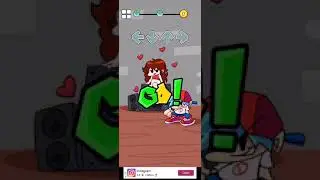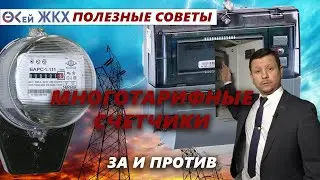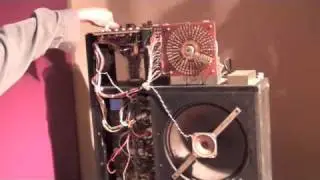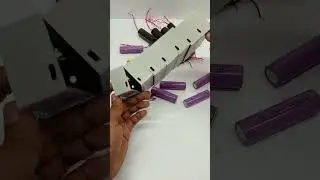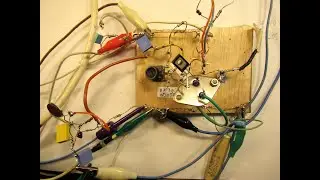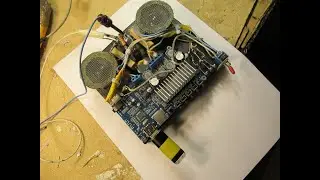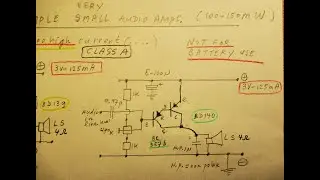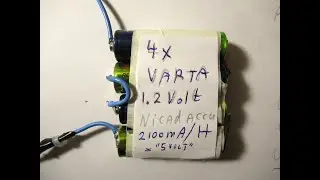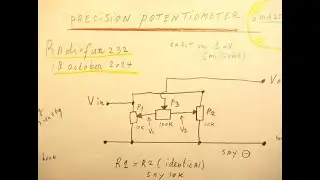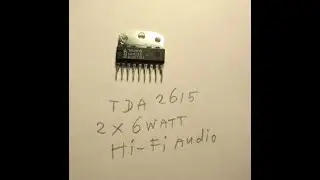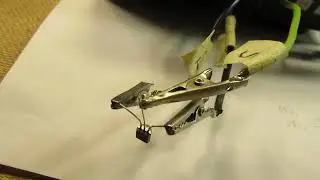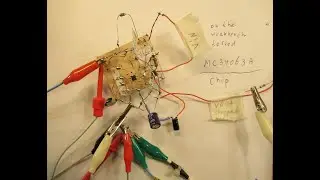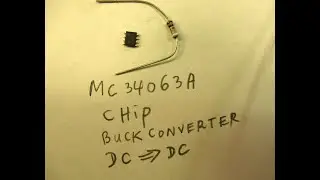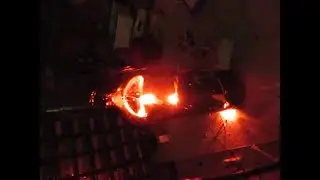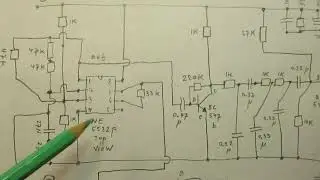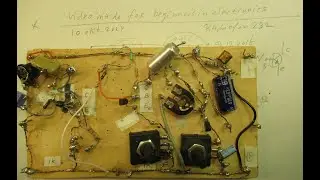2 transistor sine wave oscillator with deck switch freq. between 150 Hz and 22 KHz (schematic)
Circuit from my book “Schematics 1”, issued on the Lulu website (author Ko Tilman), page 66:
Circuit from a 2 transistor sine wave oscillator that works between 150 Hertz and 20 KHz.
The circuit can be used for measurements, because the waveform is very pure. The schematic (only) shows 3 frequency bands (watch the video for more info) but with a “deck” (=mother) switch (say 4 mother contacts at each mother contact 10 or 12 positions) you can solder in 10 or 12 capacitors to get to the complete frequency range from (say) 150 Hertz and 20 KHz or even higher.
For the higher frequencies (everything above 10 KHz): use CERAMIC capacitors, otherwise the circuit will not (!) oscillate on higher frequencies. Use ceramic capacitors both in the phase-shifting network and the backcoupling capacitors on higher frequencies (=all above 10 KHz).
So for a broad range sine wave oscillator it could be that you have to use a “mother” switch with 4 central contacts, switching to 10 or 12 contacts to switch to the complete frequency range, realized by 10 or 12 different caps (ceramic for high frequencies and not-ceramic for low frequencies).
Anyway: for a smaller frequency band or (say) for only 3 frequency bands a 4 contact mother switch, switching to 3 positions will work. You can read that out from the video.
By the way: without any frequency switch the schematic/circuit can be set to a certain frequency with the help of 4 capacitors (1 in the backcoupling circuit and 3 in the phase shifting circuit, more info in the video). This frequency can somewhat (a little bit) be tuned by the potmeter showed in the schematic (100K). Variation with that 100 K potmeter depends on the frequency (band) but is (in general) approx. 50-500 Hertz.
All the videos hat I have published on You Tube can be found via my Channel Trailer: Link is
• Radiofun232 on YouTube. Updated month...
In thematic order you can find these video’s under the “comments” section. My books about electronics are available via the website from “Lulu”, search for author “Ko Tilman” there.
Link is https://www.lulu.com/shop/search.ep?k...
My books are also available via Barnes and Noble and via Amazon. Regarding all my video’s: I constantly keep them actual, so the original video’s with the most recent information are always on YouTube. That is the source, and search there. When my video’s are reproduced or re-edited on other websites/channels you can not (!) be sure about the original content (=really working electronics) and important adaptations to the circuits.
Be aware of that, I saw on the internet many of my circuits reproduced in a poor or even not proper way. I can not help that, sorry.
![[Raw, Boring] Four Random Landings](https://images.mixrolikus.cc/video/wacFCUJeWzc)
